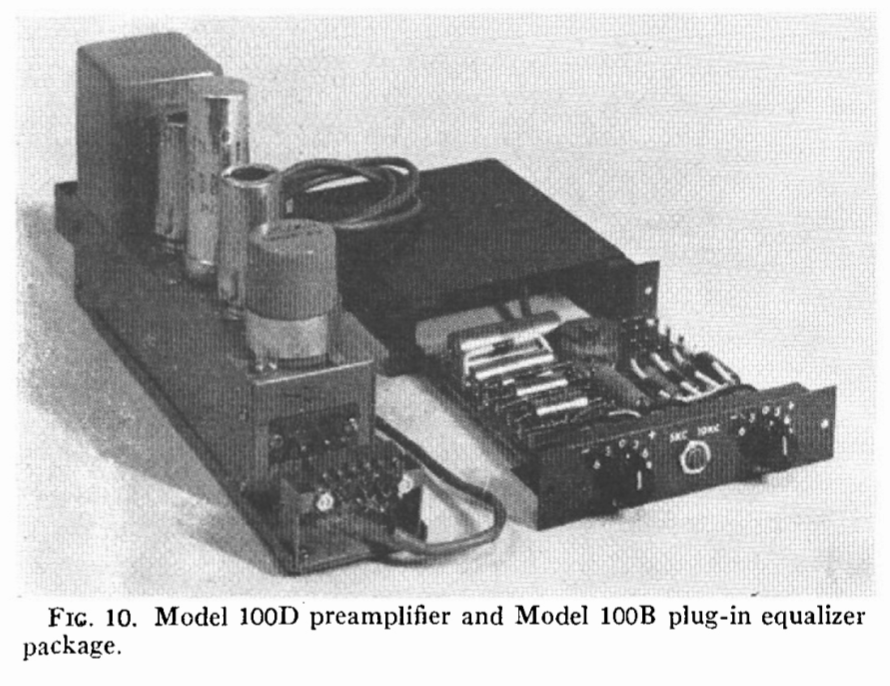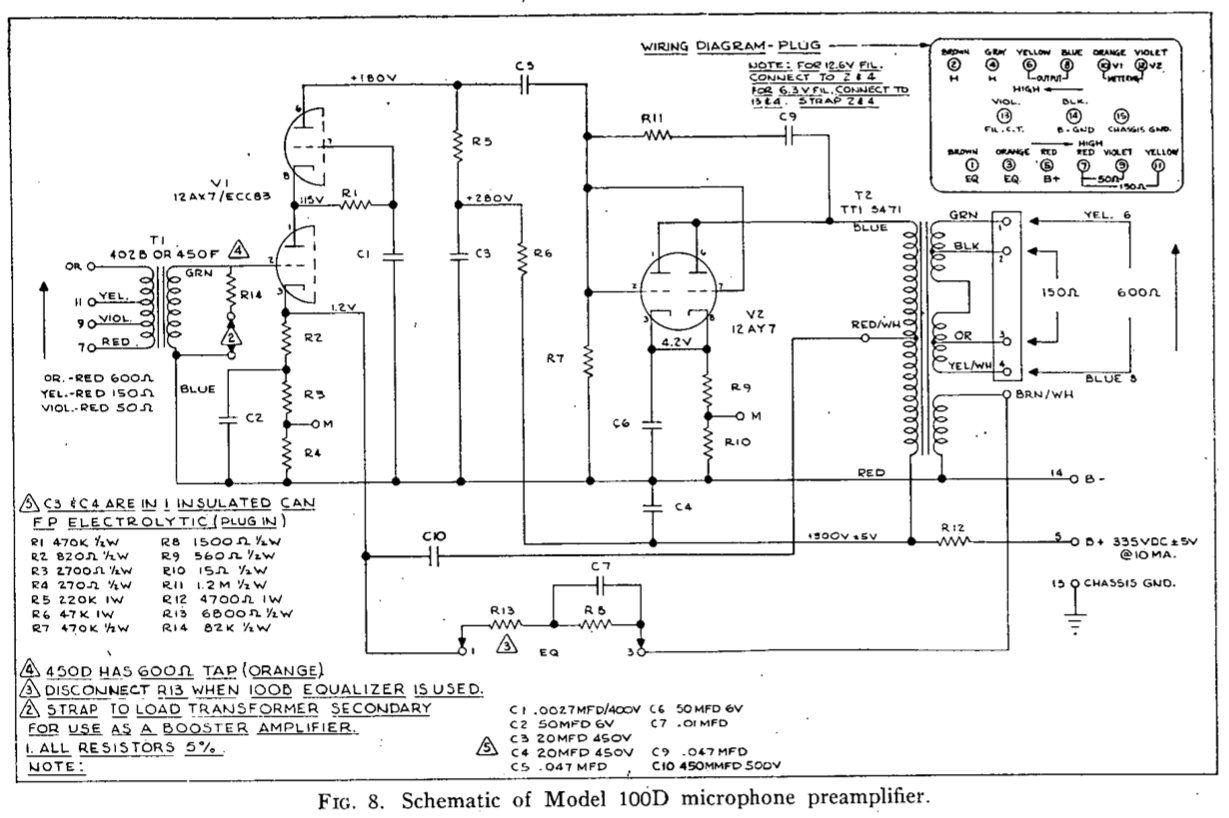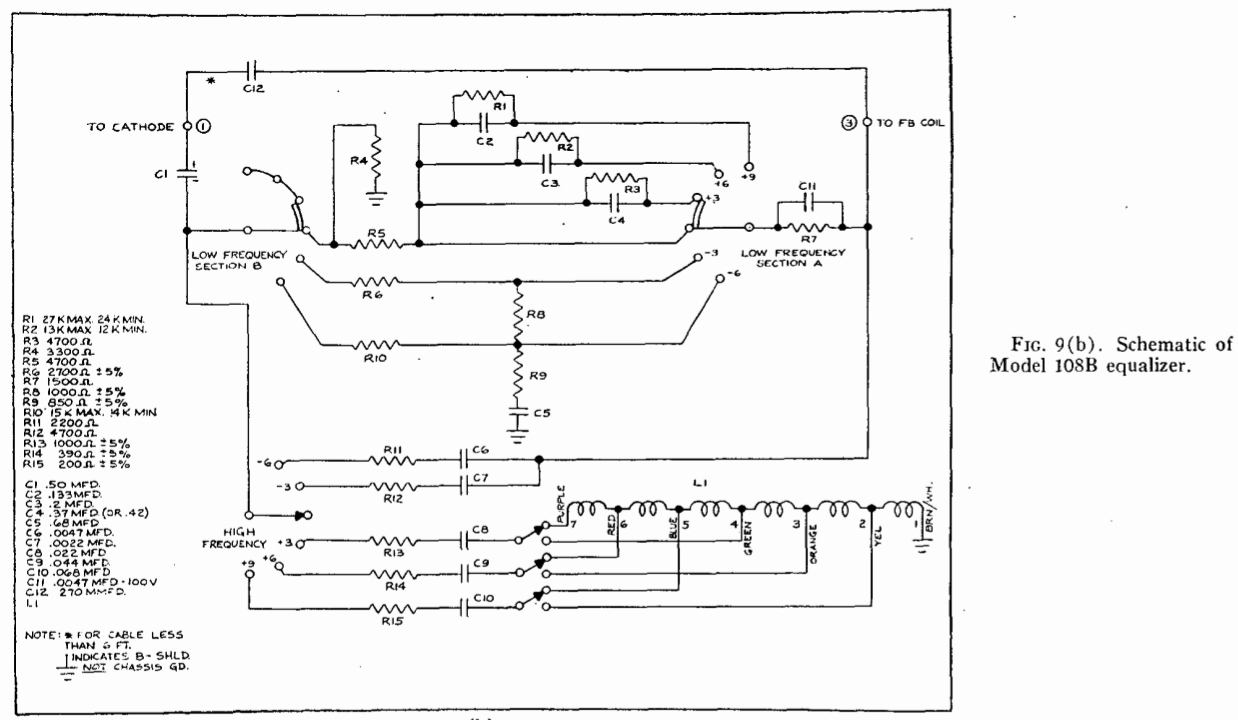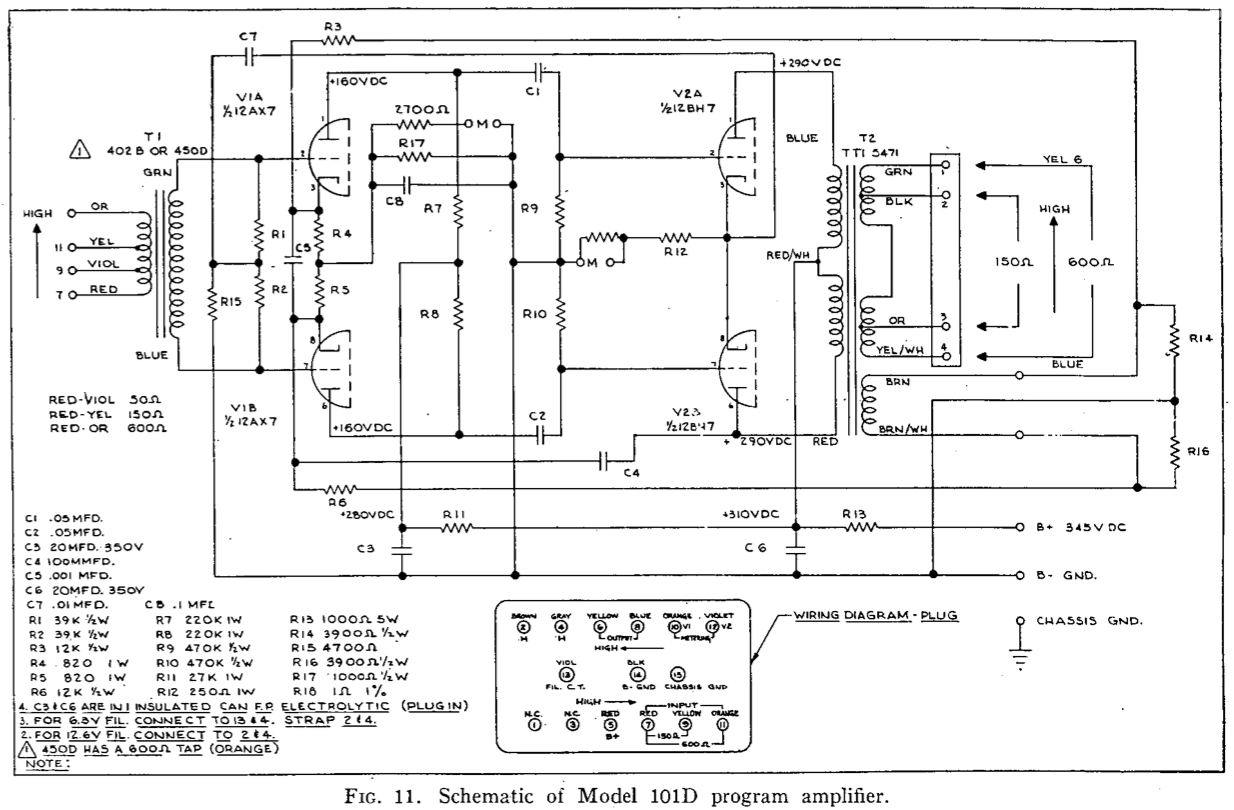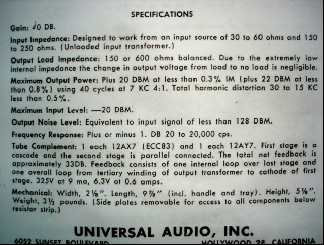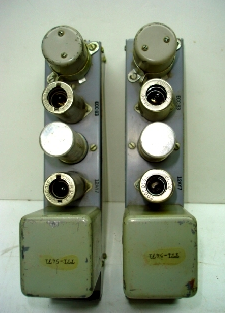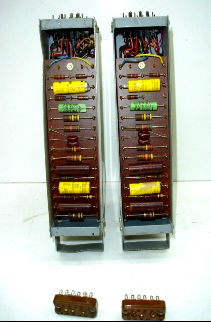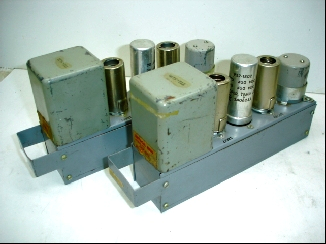A PDF with descriptives can be found in the group Gmail account. These are screen captures from that PDF. NOT the 610, this console design would be responsible for many of the hits for which the 610 has been given credit. I have once seen a few of the 100D modules show up at ebay. Note the EQ is referred to by two different model numbers. The 100D looks a lot like the later 108. Debate and discuss.
